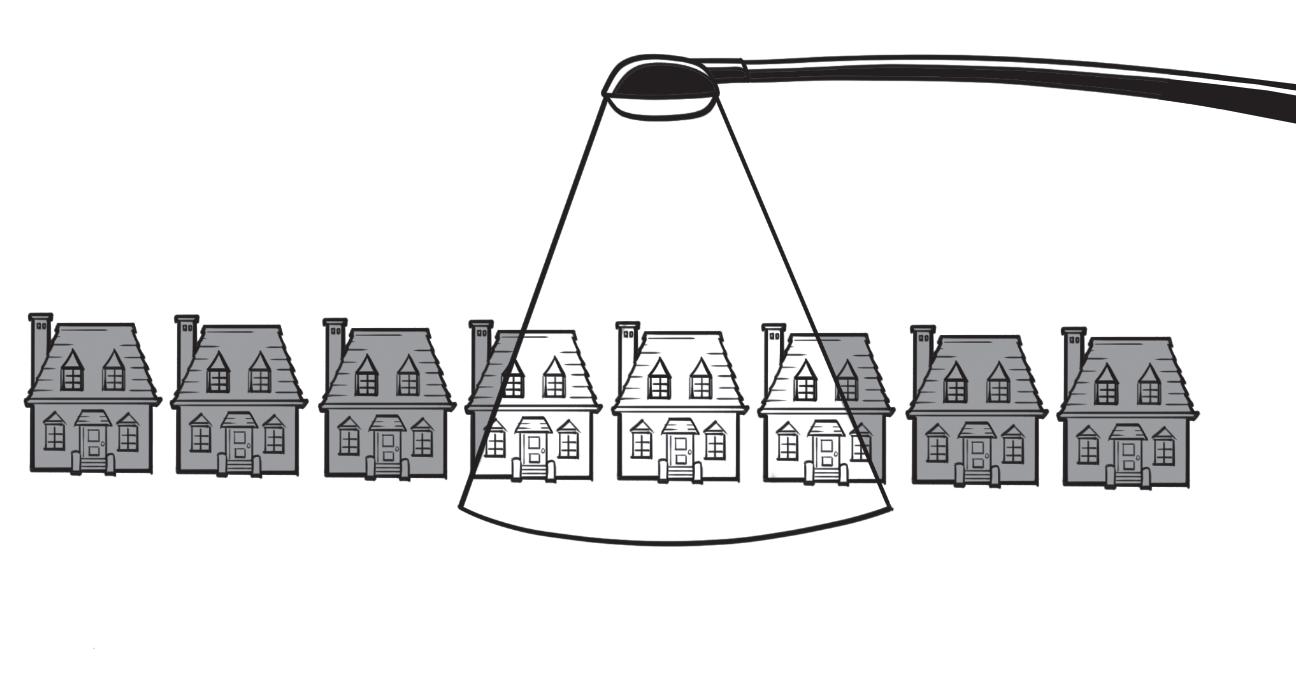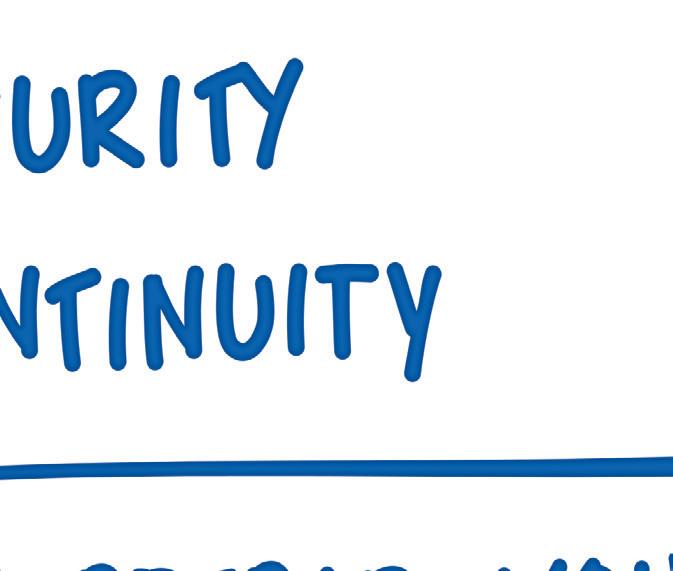
4 minute read
GUIDE TO GO
by ⌘ ⇧ ⌥
TECH JARGON Eight terms your IT department wants you to know BY MIKE DECK DECODING
Today, the Internet is the foundation for nearly every business interaction, which is why having a grasp on common tech terms is essential for senior management and staff alike. This basic knowledge helps people work more effi ciently and communicate with the IT department more effectively. Further, learning how to speak the language of IT helps leaders make better decisions about how a company should operate and what kind of tech investments it needs to make. Here are some must-know terms about your technology infrastructure:
ETHERNET The Ethernet is the physical medium used to transfer information across a network.The realworld connection between your computer and a hub or router is an Ethernet connection. When IT advises you to check your Ethernet, it’s asking you to see if the Ethernet cable is plugged into your computer and the wall jack.
LOCAL AREA NETWORK (LAN) The network your company’s computers and other devices directly connect to is called a LAN. Generally, it’s confi ned to your business workspace and provides access to private resources like shared printers and internal fi le servers. A properly confi gured LAN enables employees to easily access the information and resources they need, while providing a layer of security that keeps your private data safe.
ETHERNET PRIVATE LINE (EPL) An EPL is a private connection leased from a telecom carrier, allowing a business to connect multiple LANs in different geographic locations, as if a single Ethernet cable had been run between the two sites.
VIRTUAL PRIVATE NETWORK (VPN) A VPN allows remote employees to access the company’s LAN while still preserving the network’s security.
VOICE OVER INTERNET PROTOCOL (VOIP) VoIP means your company’s calls are being transmitted over the Internet, through your LAN, as opposed to traditional analog phone lines. Companies using VoIP can implement a sophisticated system without investing in specialized switching hardware or hardwired phone lines for every offi ce. Additionally, employees can use smartphones or software-based phones on their computers to use their business line from any location that has an Internet connection.
THE CLOUD The term the cloud refers to physical datacenters full of servers that are connected to the Internet. Today, everything—from storage to phone systems to virtual servers that run your company’s custom applications—can be accessed through the cloud. Using the cloud, a company can leverage IT services hosted and maintained by a third party on these external servers. Cloud-based services offer more fl exibility in terms of scaling compared to selfmanaged alternatives. (For the latest on cloud adoption, see the Spring and Summer 2014 issues of SOLVE at www. solvemagazine.com.)
DIRECT INTERNET ACCESS (DIA) DIA is a direct connection between a LAN and the Internet. For your home network, you might use a DSL or cable modem to connect to your Internet service provider (ISP), and use shared existing lines (either phone or cable) to physically connect your home to the ISP’s facility. With a business DIA, companies access the web through a dedicated connection—meaning that no one else can use it—and get the benefi t of robust bandwidth at all times. A DIA is also symmetrical, meaning that the upload and download speeds are the same.
VIRTUALIZATION A virtual machine (VM) is a software implementation of an actual server. With virtualization, you can purchase a single physical server, then create multiple virtual servers to run on it—each of which can have different confi gurations or even different operating systems. For example, you can run your e-mail server on one virtual machine and an application server on another, while both are hosted on the same physical hardware. This provides fl exibility in scaling and recovery, because virtual servers can be moved across physical machines in case the one you’re using fails.
Mike Deck, a specialist in software development and life cycle management, is the CEO of EchoVantage, a company that delivers a new approach to marketing analytics.
As a business owner, how can you be confident you’re reaching your target consumers? By choosing Time Warner Cable Media as your one-stop media partner. That’s how.®
With a multitude of award-winning programming, it’s no wonder that 72% of the primetime audience is on cable.*
TWCMedia.com @TWC_Media
Time Warner Cable Media gives you unparalleled access to your desired audience on over 40 cable networks and on every screen, using our superior targeting capabilities and a team of 1,600 marketing experts to help your business grow and compete.
Visit twcmedia.com/SOLVE to learn more.








VOICE SOLUTIONS FEATURING SIP TRUNKS FROM TIME WARNER CABLE BUSINESS CLASS
Learn about the key advantages of SIP trunks, including how they can help unify communications and future-proof your network. Download our latest white paper The SIP Trunk Advantage: Charting a Practical Path for IP PBX Connectivity at business.twc.com/voicesolutions






Call now to schedule an appointment with a dedicated Account Executive to customize a solution that's right for you. 877.857.0727









